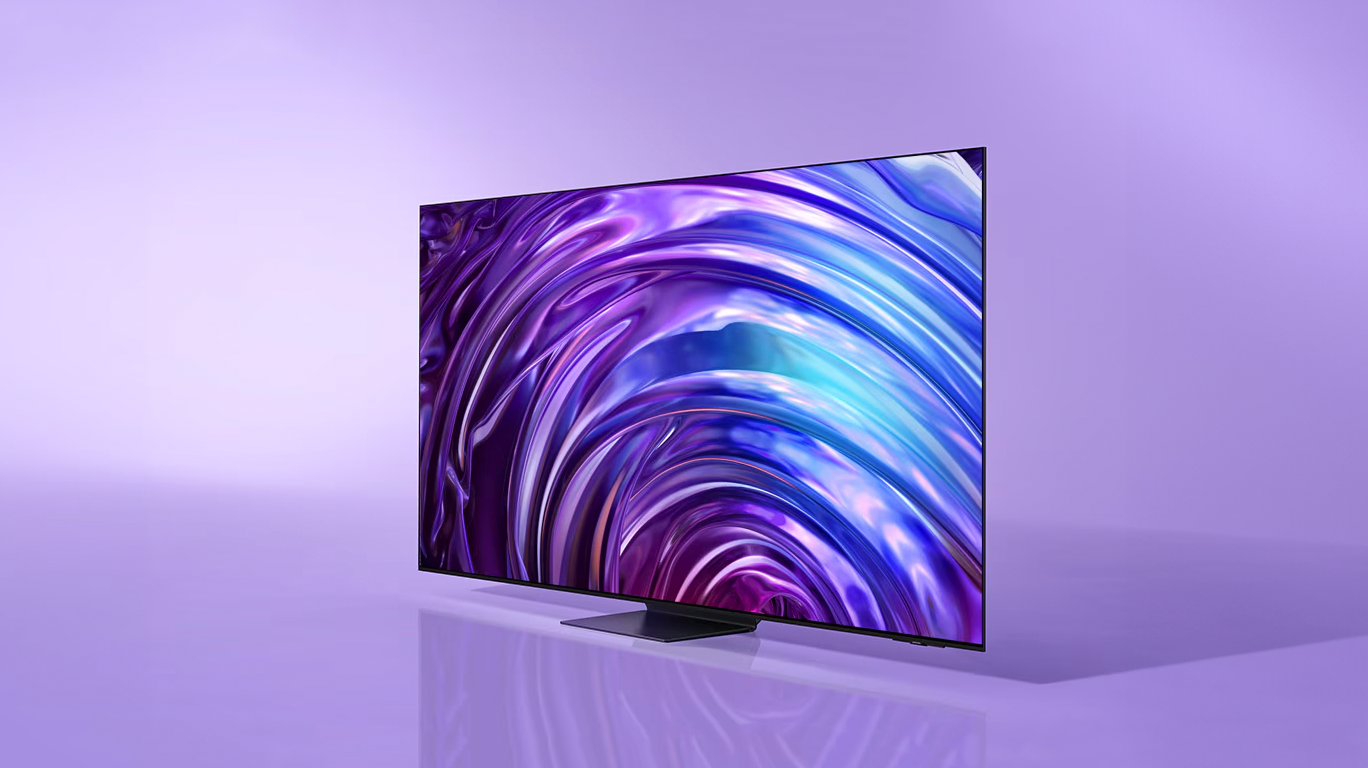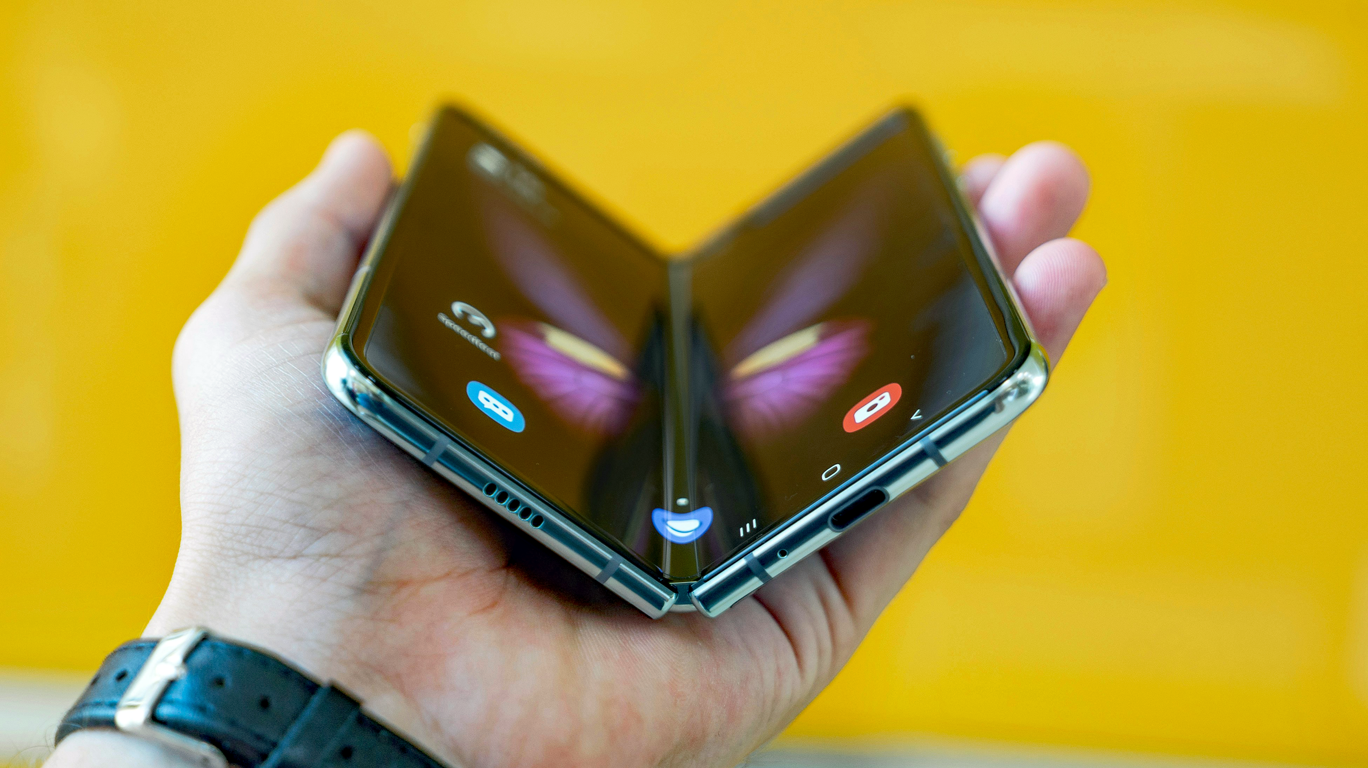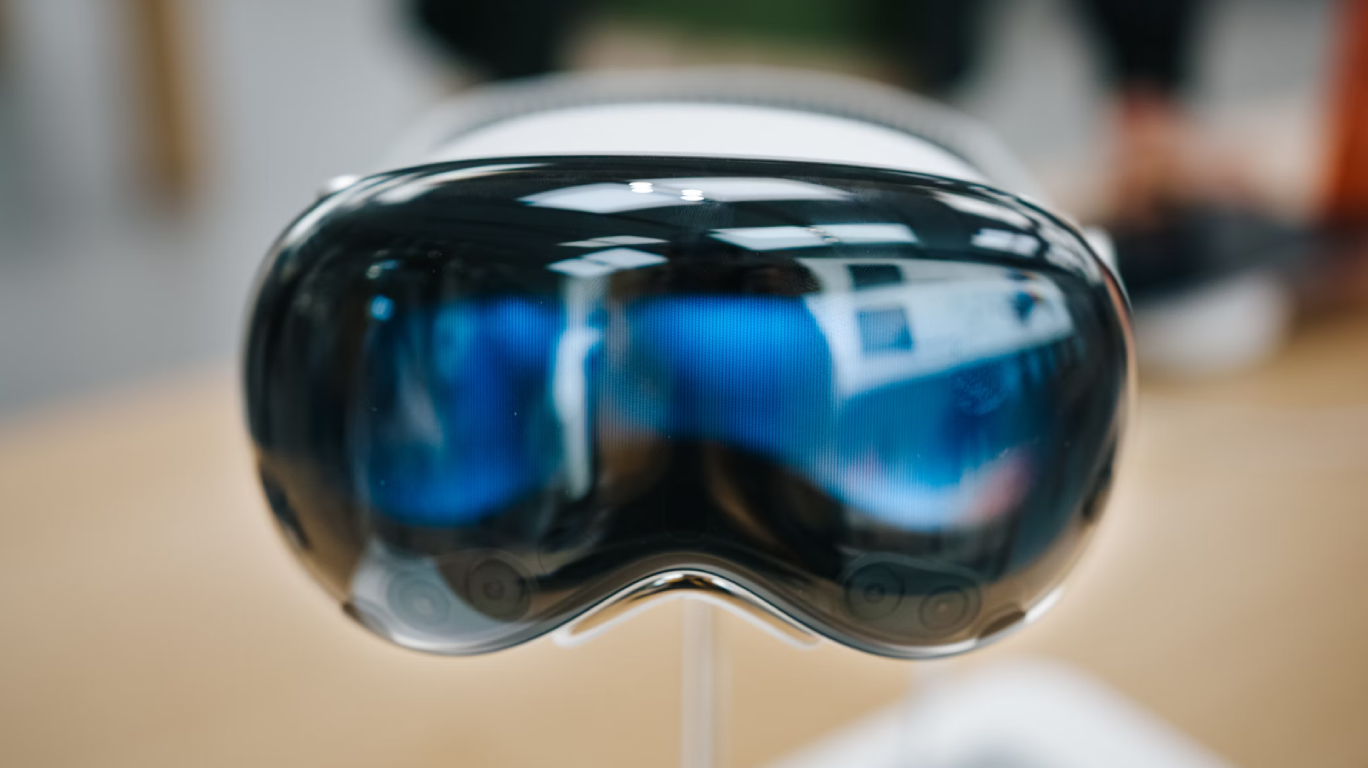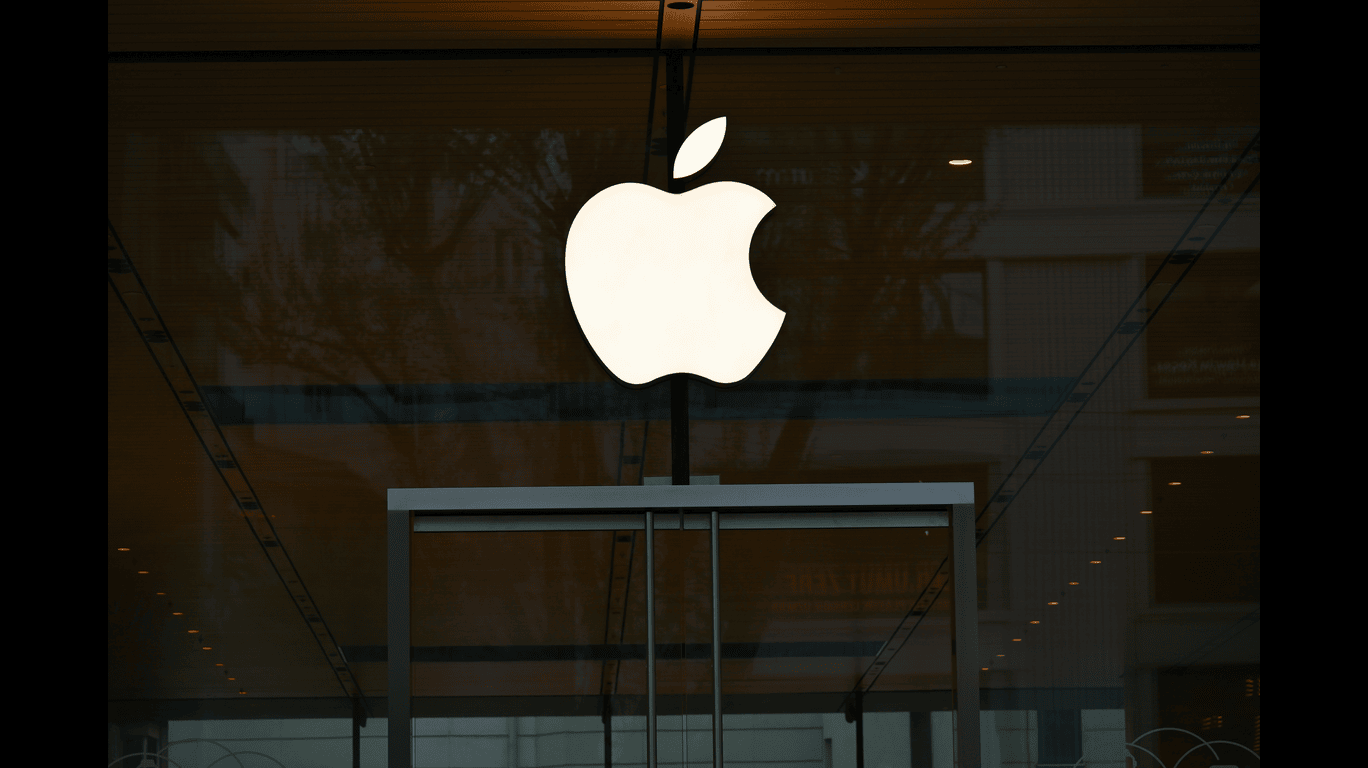Apple’s 2025 Announcement: iPhone 17 and More
Apple’s yearly announcements always generate buzz, but the 2025 launch marks some significant strides new to Apple and its users. This isn’t just about shinier hardware—it’s about usability, health, and connectivity.
While previous launches have often focused on incremental improvements, the iPhone 17 line-up marks a substantial shift in design and functionality. Add to that meaningful upgrades across AirPods and Apple Watch, and the 2025 announcement seems designed to reshape not just how we use Apple products, but also how they fit into our daily lives.
iPhone 17 family
Apple’s iPhone 17 family—featuring the iPhone 17, 17 Pro, and 17 Pro Max—introduces the biggest design and performance updates in years. You'll notice that the iPhone 17 Plus has not been mentioned. This decision by Apple not to release a Plus version of the iPhone 17 could be due to the Plus versions of the iPhone range selling at a significantly lower rate compared to their counterparts. With the introduction of the iPhone Air, it seems that no one is missing out.
iPhone 17 Pro and Pro Max
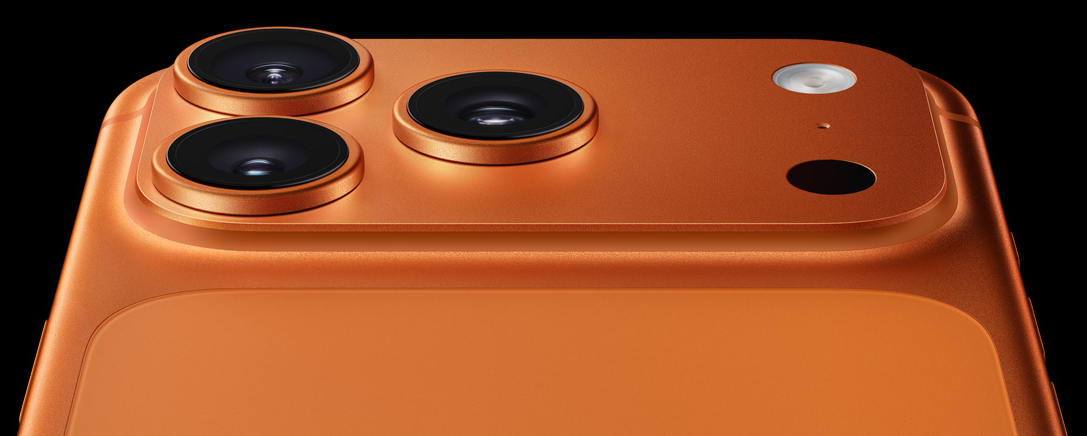 Image courtesy of apple.com
Image courtesy of apple.com
The rear camera bar, also referred to as the plateau, stretches across the back of the phone. It’s not just for style—it helps your phone sit flat on a table without wobbling like the iPhone 16 range is known to do. This sets the Pro versions of the iPhone 17 range apart from the base model iPhone 17, which looks nearly identical to the iPhone 16, which doesn't feature the extended plateau on the back of the device. The design change also accommodates reverse wireless charging, allowing you to charge your AirPods or even another phone by placing it on the back of your iPhone.
Apple is giving the iPhone 17 cameras a major upgrade, with 48MP rear lenses across all models for sharper detail, a 24MP front camera for clearer selfies and video calls, and an impressive 8x optical zoom on the Pro Max that lets you get close without losing quality. Plus, new front-and-back video recording makes it easy for creators to capture both their reactions and what’s happening around them. The result: photos and videos that look brighter, sharper, and more professional.
iPhone 17
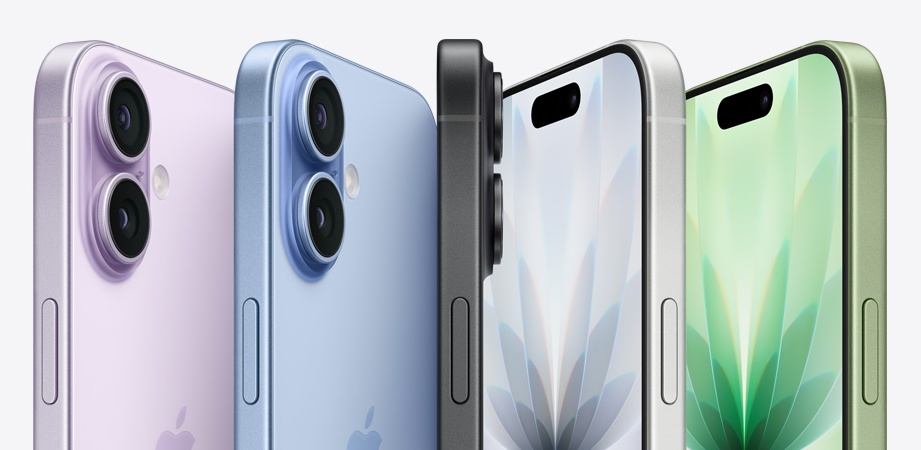 Image of courtesy of apple.com
Image of courtesy of apple.com
All iPhone 17 models feature a display with ProMotion and a refresh rate of up to 120Hz. In simple terms, this means scrolling, swiping, and animations look much smoother. The Ceramic Shield screens are also 3x more resistant to scratches, making them less likely to show wear over time.
While Apple has added plenty of new tech, it’s kept fan favourites like the Action Button (for quick shortcuts), back-tap gestures (double-tap the back to do things like turn on the torch), the Dynamic Island (the little shape-shifting bubble at the top of the screen for alerts and controls), and the Camera Control button (the button to open Camera, zoom in or out, and take photos).
The iPhone 17 lineup isn’t just about numbers and specs. It’s about giving you a phone that feels smoother, takes sharper photos, charges faster, and lasts longer—while keeping the familiar touches people already love.
iPhone Air
 Image courtesy of apple.com
Image courtesy of apple.com
Apple’s iPhone Air is an innovative addition to the line-up, borrowing the “Air” branding that has historically been linked to the MacBook and iPad families.
The iPhone Air features a single rear camera, in contrast to the dual-camera set-up of the standard iPhone 17 and the triple-lens array reserved for the Pro and Pro Max versions. This choice is reminiscent of the iPhone 16E, which also featured one camera and sat as the most affordable entry in its generation. However, for the iPhone 17 range, the Air sits above the base iPhone 17 and below the more advanced Pro and Pro Max versions.
Thinness appears to be a defining feature of the iPhone Air. While it adds to the aesthetic appeal and makes the phone comfortable to hold, it introduces several practical trade-offs. The reduced dimensions limit audio hardware, with the removal of the dual-speaker system in favour of a single earpiece speaker.
Another knock-on effect of the Air’s thin chassis is the absence of a physical SIM tray. In keeping with Apple’s gradual transition, the iPhone Air is an eSIM-only device worldwide. This move streamlines the design but may pose challenges for users in regions where eSIM adoption remains limited.
AirPods Pro 3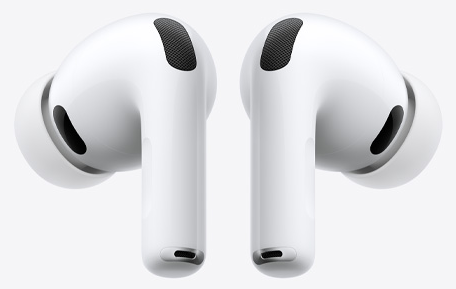 Image courtesy of apple.com
Image courtesy of apple.com
Apple’s new AirPods Pro continue the trend of making headphones smarter than ever.
Improved noise cancellation and the H2 chip promise better audio quality, quicker device switching, and extended battery life. Perfect for those juggling calls, music, and podcasts.
Built-in heart rate monitoring brings wellness tracking straight to your ears. This could be valuable for runners, gym-goers, or anyone monitoring stress and health throughout the day.
The AirPods Pro have also seen a redesign. The case is now wider and taller, while the earbuds have an improved acoustic seal, making the AirPods Pro 3 more adept at all-day listening and featuring a more premium experience.
Apple Watch
Apple’s smartwatch family has become central to its ecosystem, integrating health, fitness, communication, and even safety into a single device. This year’s updates don’t drastically change the look of the watches, but they do strengthen what matters most: reliability, performance, and integration.
Together, they ensure there’s an Apple Watch for every type of user — and that they all work smoothly alongside your iPhone, AirPods, and other Apple devices.
Apple Watch Series 11
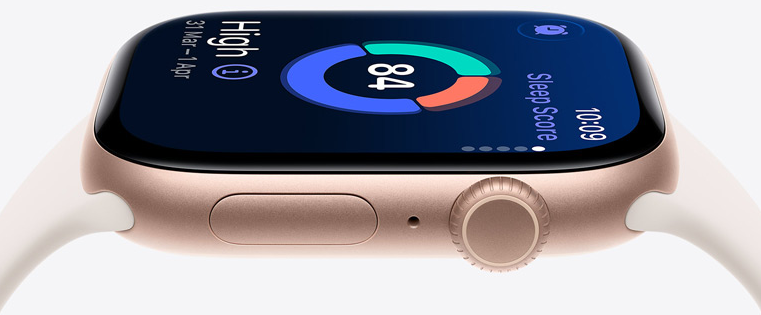 Image courtesy of apple.com
Image courtesy of apple.com
The Series 11 keeps a familiar design, which may disappoint those hoping for a visual refresh. But inside, things are more interesting. The move to 5G connectivity means faster data for maps, calls, and apps, even when your phone is not nearby. This will be most noticeable for people on the go who rely on their Watch for standalone use.
With blood pressure monitoring, the Series 11 could be a game-changer for health. Apple’s watches are already central to many people’s wellness routines — adding another medical-grade feature could benefit users who value tracking everyday health or spotting early warning signs.
Although the Series 11 doesn't look very different from the Series 10, there's one design upgrade that should catch everyone's attention. The Series 11 features a glass display that is twice as scratch-resistant as the Apple Series 10. This means that users get the same sleek design introduced with the Series 10, but with the added benefit and durability when on the go and during workouts.
Apple Watch Ultra 3
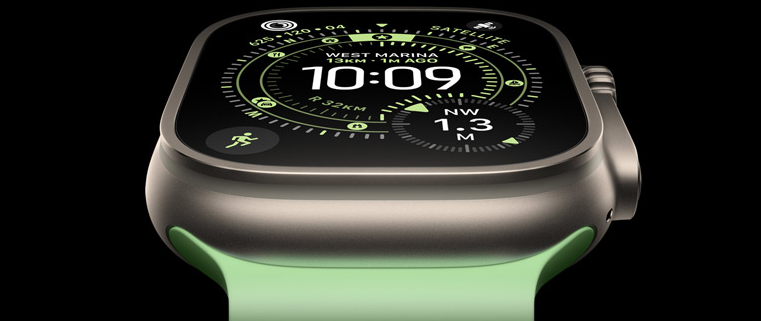 Image courtesy of apple.com
Image courtesy of apple.com
The Ultra line has always been about pushing limits, and the Ultra 3 delivers on that mission. The wide-angle OLED screen also enhances visibility, allowing users to see even more of the brighter screen from sharper angles.
Satellite connectivity may be the most significant aspect here. For adventurers heading into remote areas, being able to send an SOS or basic message without mobile service is a genuine safety net. Combined with the already rugged design of the Ultra, it cements this Watch as a piece of gear as much as a gadget.
Performance is also enhanced, meaning features like GPS tracking, route planning, and health monitoring run faster and more reliably.
Apple Watch SE 3
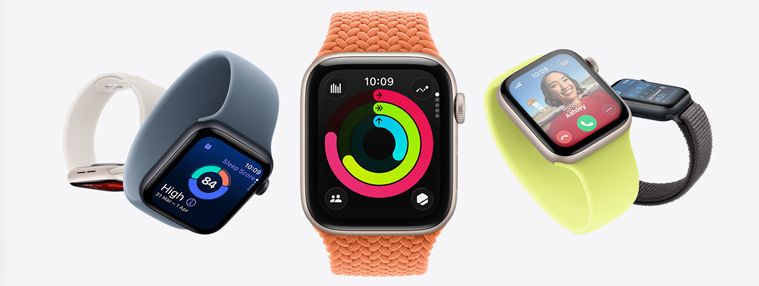 Image courtesy of apple.com
Image courtesy of apple.com
The SE remains the entry point into Apple’s Watch ecosystem. Compared to its SE predecessors, the SE 3 benefits from an Always-On display, allowing users to check the time without raising their wrist. What's more, the SE 3 has seen great improvements that elevate it closer to the rest of the Apple Watch family. It's 4x more resistant to cracks, can recharge up to 2x as quickly with fast charging, and features wrist temperature sensing for health insights in the Vitals app.
For families or those on a budget, the SE 3 offers an affordable way to access core Apple Watch features — including activity tracking, messaging, payments, and integration with the Apple ecosystem — without paying premium prices.
Final thoughts
What sets the 2025 announcement apart is balance: Apple hasn’t just added more features, it’s addressed real user frustrations. An updated iPhone design, longer battery life, smarter audio accessories, and health-focused wearables show a company leaning into practicality as much as innovation.
